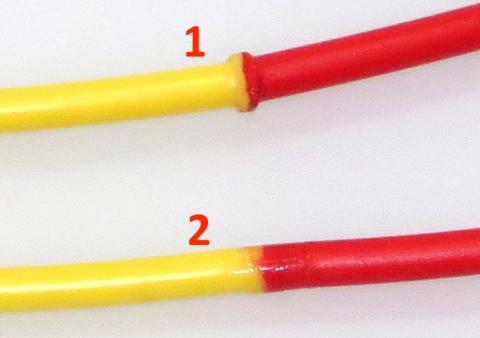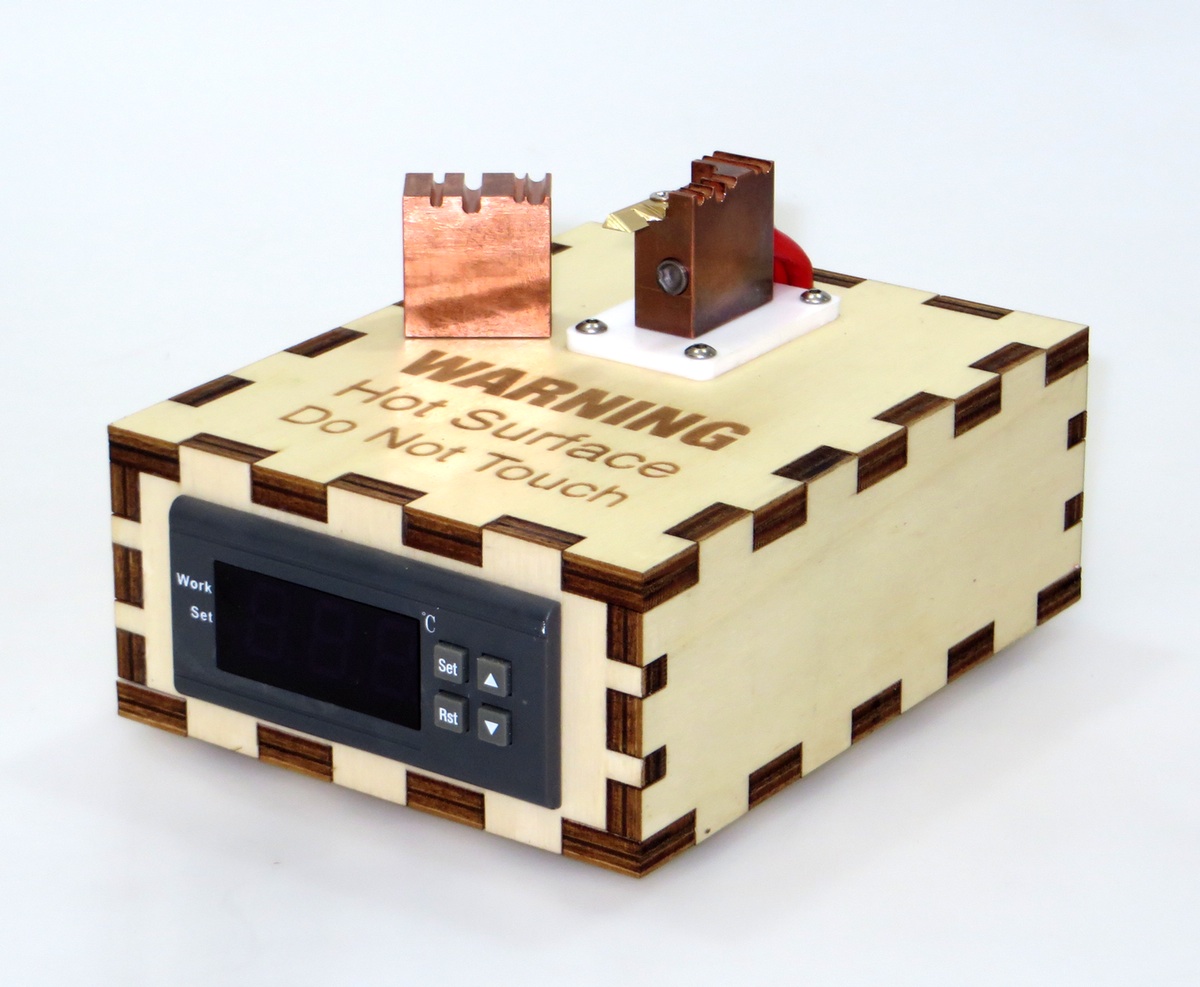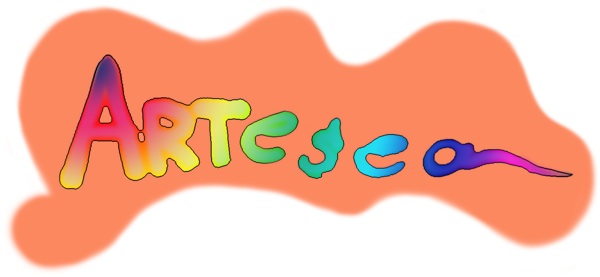 One of the exciting things about 3D printing is its unlimited design potential, so why be limited when it comes to color? Not to worry, while monochrome has been the rule of the day in 3D printing–it is about to become the exception. 3D printing focused Swiss company, Artesea, founded by Marina Zyx and Kirill Ponazdyr, has a newly available 3D Filament Splicer aiming to bring more color to the open source 3D printing scene. Artesea’s vision is to make the 3D printing world more colorful with a simple filament joining device: who can argue with that?
One of the exciting things about 3D printing is its unlimited design potential, so why be limited when it comes to color? Not to worry, while monochrome has been the rule of the day in 3D printing–it is about to become the exception. 3D printing focused Swiss company, Artesea, founded by Marina Zyx and Kirill Ponazdyr, has a newly available 3D Filament Splicer aiming to bring more color to the open source 3D printing scene. Artesea’s vision is to make the 3D printing world more colorful with a simple filament joining device: who can argue with that?
Before the 3D Filament Splicer, joining filament by hand was the only option, and it was a rather awkward process. This process often produces unstable joins which can get stuck in tube or break in stressful printing situations.
There’s quite a difference between hand-joined filament and filament spliced with Artesea’s 3D Filament Splicer (see below photo). Smoother effects are achieved in four simple steps: 1) Cut pieces of differently colored filament; 2) Heat up filament piece ends; 3) Join together pieces; 4) Feed new multi-colored filament into your printer.

Difference between (1) hand-spliced and (2) Artsea’s 3D Filament Splicer. (image: Artesea)
This user-friendly and parts-certified 3D Filament Splicer is designed for functionality, and it looks like a cross between an old cassette player and a large cigar box. It has many solid features that should excite people looking for a little more color in their creations, including: an ergonomic footprint; suitability for 1.75mm to 3mm filaments, up to 235c; heater and cooling blocks made of precisely milled, Swiss made, pure copper for quick heating and cooling; and a 110 and 220v voltage capacity.

The 3D Filament Splicer (image: Artesea)
Now that we know the basic design concept, how do we actually use it? It appears rather easy, so long as you understand the basic directions. The directions for small and long pieces of filament are slightly different because long pieces can’t be rotated with fingers. For both small and long pieces of filament, you hold filament pieces in both hands, and touch heating block with filament ends for 1 second. For small pieces, you will join pieces on heater block, rotate filament ~360 degrees to remove excess plastic, and remove piece to cooling block groove while continuing to rotate.
For larger pieces, you will heat and then push filament into cooling groove, so excess plastic forms bulge above joint, and wait for 3-5 seconds. The big difference here is filament size. With smaller pieces, rotation ensures proper joined filament diameter, and with larger pieces, excess plastic needs to be cut off using a knife.
Either way, it seems simple enough. In about 20 seconds, you have joined differently colored filaments–presto! Make a rainbow in a few easy steps.
You can pre-order the Splicer assembled, for $190, off Artesea’s website, or order your own DIY kit for $140. Just think of what you can make on your 3D printer, once you’ve conveniently spliced your filament using a handy device like this one! Discuss this new machine in the Artesea Splicer forum thread on 3DPB.com.
Subscribe to Our Email Newsletter
Stay up-to-date on all the latest news from the 3D printing industry and receive information and offers from third party vendors.
You May Also Like
Precision at the Microscale: UK Researchers Advance Medical Devices with BMF’s 3D Printing Tech
University of Nottingham researchers are using Boston Micro Fabrication‘s (BMF) 3D printing technology to develop medical devices that improve compatibility with human tissue. Funded by a UK grant, this project...
3D Printing Webinar and Event Roundup: April 21, 2024
It’s another busy week of webinars and events, starting with Hannover Messe in Germany and continuing with Metalcasting Congress, Chinaplas, TechBlick’s Innovation Festival, and more. Stratasys continues its advanced training...
3D Printing Webinar and Event Roundup: March 17, 2024
It’s another busy week of webinars and events, including SALMED 2024 and AM Forum in Berlin. Stratasys continues its in-person training and is offering two webinars, ASTM is holding a...
3D Printed Micro Antenna is 15% Smaller and 6X Lighter
Horizon Microtechnologies has achieved success in creating a high-frequency D-Band horn antenna through micro 3D printing. However, this achievement did not rely solely on 3D printing; it involved a combination...






























